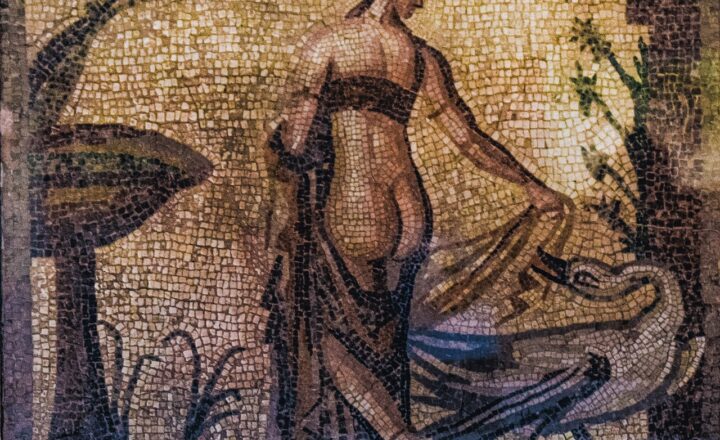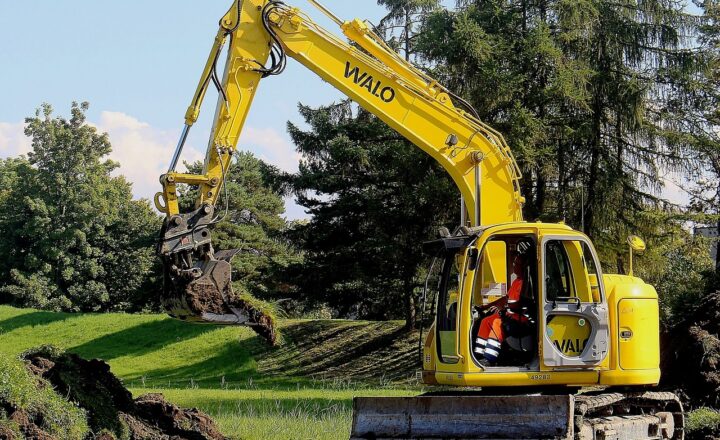
Archaeology has long captivated human imagination, unveiling the mysteries of our past through excavations and discoveries. Throughout history, findings have challenged established narratives, reshaping our understanding of civilizations, cultures, and pivotal events. From unfathomable ancient cities to lost relics, certain archaeological finds have left an indelible mark on history and changed the principles on which our historical knowledge stands. In this article, we explore some of the most astonishing archaeological discoveries that have profoundly altered our perception of history.
1. The Tomb of Tutankhamun
In 1922, archaeologist Howard Carter’s discovery of the perfectly preserved tomb of the Egyptian pharaoh Tutankhamun was nothing short of sensational. Located in the Valley of the Kings, the tomb contained over 5,000 artifacts, including the famous golden mask and a wealth of treasures that showcased the opulence of ancient Egyptian civilization.
The significance of this discovery lies not only in the treasures themselves but also in what they revealed about the social, cultural, and political conditions of the time. The wealth of items found in the tomb suggested a fuller understanding of ancient Egyptian burial customs and beliefs in the afterlife.
2. Göbekli Tepe: The World’s Oldest Temple
Unearthed in the 1990s in modern-day Turkey, Göbekli Tepe has fundamentally altered the timeline of human civilization. Dated to approximately 10,000 BCE, it predates Stonehenge by around 6,000 years, making it one of the oldest known religious sites in the world. This monumental site consists of large circular structures adorned with intricately carved stones teeming with animal motifs.
The implications of Göbekli Tepe are enormous; it suggests that complex temple construction and religious practices arose long before the advent of agriculture. Previously, historians believed that organized religion and societal structures developed only after humans settled in agriculture-based communities. Göbekli Tepe challenges this notion, indicating that religious gatherings may have played a pivotal role in the formation of societies.
3. The Terracotta Army
Discovered in 1974 by a farmer in Xi’an, China, the Terracotta Army is a stunning collection of over 8,000 life-sized figures buried with the First Emperor of China, Qin Shi Huang. These intricate sculptures were created to protect the emperor in the afterlife and provide insight into the artistry, military structure, and societal hierarchy of ancient China.
Additionally, the Terracotta Army has unveiled secrets about the standard of workmanship and the craftspeople of the time, showcasing advanced sculpting techniques and the concept of mass production in ancient China, rewriting historical assumptions regarding industry during the Qin dynasty.
4. The Dead Sea Scrolls
Discovered between 1947 and 1956 in caves near the Dead Sea, the Dead Sea Scrolls comprise over 900 ancient manuscripts dating back to around 250 BCE to 68 CE. These texts encompass various genres, including religious, sectarian, and biblical works, providing profound insights into Judaism and the sociopolitical climate of the Second Temple period.
Notably, the scrolls have allowed scholars to analyze textual variants of the Hebrew Bible, the origins of Christianity, and the emergence of early Judaism during a turbulent historical period. The discoveries challenge assumptions about biblical authorship and have become a keystone in biblical scholarship and theology.
5. Machu Picchu
Perched high in the Andes Mountains of Peru, Machu Picchu was brought to global attention in 1911 by explorer Hiram Bingham. Constructed in the 15th century during the Inca Empire, this extraordinary citadel is renowned for its sophisticated dry-stone construction and terraced landscapes.
Beyond its architectural beauty, Machu Picchu has unveiled extensive knowledge about Inca society, agriculture, and engineering. The site’s layout aligns with astronomical features, hinting at an overarching cosmological significance in Inca culture that challenges previous notions of Andean civilizations’ priorities.
6. The Roman Gladiator Graveyard
In 2013, archaeologists discovered a graveyard in York, England, that contained the remains of over 80 gladiators dating back to the early Roman period. This remarkable find showcases the extensive spread of gladiatorial culture beyond the traditional confines of Rome and highlights the regional significance of gladiators in popular entertainment.
The discovery provided rare insights into the lives of these warriors, their diets, and their brutal deaths, filled with injuries consistent with gladiatorial combat. It also prompted historians to reconsider the social status of gladiators, who were often seen merely as lowly entertainers, revealing a complex social fabric within the Roman Empire.
7. The City of Pompeii
The catastrophic eruption of Mount Vesuvius in 79 CE buried Pompeii under volcanic ash, preserving an extraordinary snapshot of Roman life in the first century. This archaeological site has yielded vast amounts of information regarding Roman urban planning, social customs, and daily life, providing a profound understanding of the socio-economic landscape of the time.
Findings such as preserved frescoes, loaves of bread from the ovens, and even the casts of the victims trapped in ash have significantly contributed to our knowledge of Roman history. Pompeii stands as a timeless reminder of the fragility of civilization and the depth of knowledge we can gain from it.
Conclusion
These astonishing archaeological finds are only the tip of the iceberg when it comes to what discoveries lie buried beneath our feet. Each find opens new avenues for research, understanding, and interpretation of the past. As technology advances, it is likely that even more sensational discoveries will continue to reshape our historical narrative, prompting us to reconsider what we think we know about our civilization’s rich tapestry. True history, as shown time and again, is continually being rewritten.
Whether one is an archaeology enthusiast or simply curious about the past, these findings serve as a testament to humanity’s enduring quest to uncover its roots and understand the worlds that came before us.






